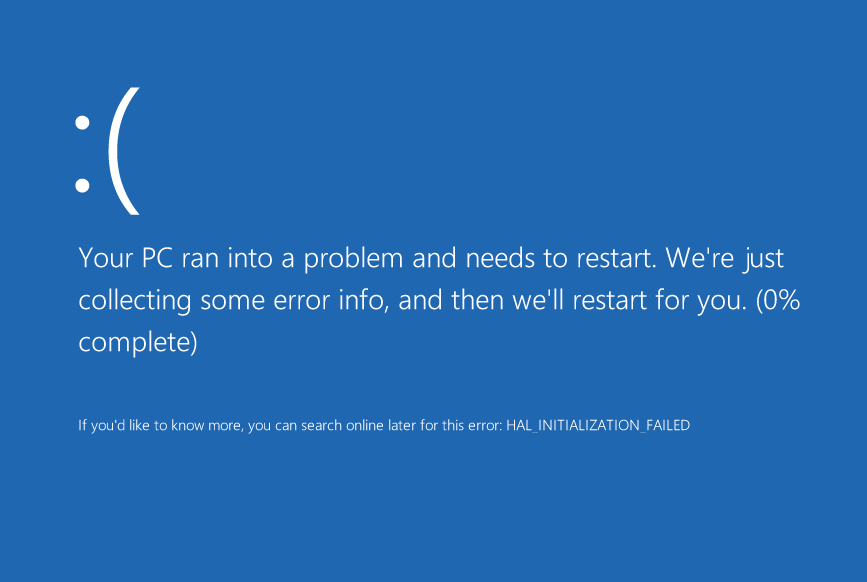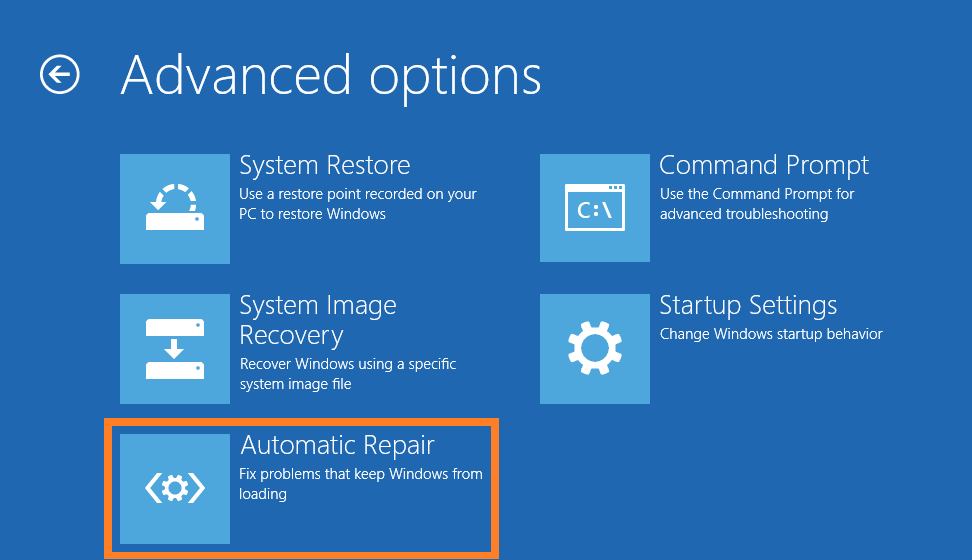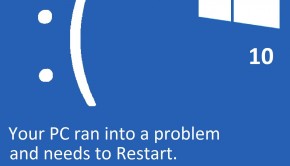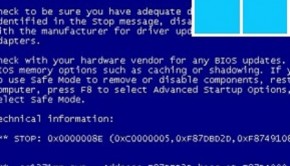How To Fix The Unmountable_Boot_Volume Error
Reader Question:
“Hi Wally, My new laptop has been getting the Unmountable_Boot_Volume error very frequently. It keeps restarting, what should I do?“ - Jason G., USA
Before addressing any computer issue, I always recommend scanning and repairing any underlying problems affecting your PC health and performance:
- Step 1 : Download PC Repair & Optimizer Tool (WinThruster for Win 10, 8, 7, Vista, XP and 2000 – Microsoft Gold Certified).
- Step 2 : Click “Start Scan” to find Windows registry issues that could be causing PC problems.
- Step 3 : Click “Repair All” to fix all issues.
Setting up weekly (or daily) automatic scans will help prevent system problems and keep your PC running fast and trouble-free.
Wally’s Answer: The Unmountable_Boot_Volume error can appear unexpectedly and restart the computer. When people see blue screen errors like this, they worry and think that they’ve encountered something that the computer won’t recover from.
Problem
The Unmountable_Boot_Volume or STOP 0x000000ED error appears on a blue screen and the computer restarts.

Cause
The Unmountable_Boot_Volume error is usually caused by the following:
- Corruption of the file system.
- Damaged RAM or memory.
Solution
Here are some ways to solve the Unmountable_Boot_Volume error:
Try Automatic Startup Repair
The fastest and easiest way to get make Windows boot again is by using the Automatic Startup Repair feature. Windows 7 and later versions of Windows will do this automatically after a few unwanted restarts. However, there are times when Windows won’t do it automatically.

You can launch it manually by booting your computer with a bootable Windows installation DVD or USB of the same version that you have installed on your computer. A Windows 8 system recovery disk can also be used for Windows 8. This DVD/USB can be made easily using any computer running Windows 8. Once booted, you should be able to find the repair option easily and launch startup repair.
Start Windows In Safe Mode
If you can’t start Windows normally, then start it in safe mode. Click here to learn how.
Check The Computer’s Hard Drive
You can open the command prompt after booting the computer using a Windows installation DVD/USB or from Windows. Use the following command:
chkdsk /f C:
Note: Here C: is the system partition. If you’re not sure then you can also choose to scan D: or E: just to make sure you scan the system partition.
You should be able to run a hard disk diagnostic scan from the BIOS. If you can start Windows then use CrystalDisk info. If one of these scans tell you that the hard drive is not working, then you should replace it as soon as possible.
Checking The Computer’s RAM For Problems
If you are able to start Windows, then you can choose to run the Windows Memory Diagnostic test to check the RAM.
- Press Windows Key + R > type mdsched.exe > press Enter
- Follow the on-screen instructions.
If you can’t start Windows then you can usually start a memory diagnostic scan from the BIOS. Look for any text on the screen when you restart the computer. You might see a prompt telling you to enter settings or to check the memory.
You can try cleaning the RAM stick and inserting it back into another RAM slot to see if it starts working again. You should replace the memory if it is not working.
I Hope You Liked This Blog Article! If You Need Additional Support on This Issue Then Please Don’t Hesitate To Contact Me On Facebook.
Is Your PC Healthy?
I always recommend to my readers to regularly use a trusted registry cleaner and optimizer such as WinThruster or CCleaner. Many problems that you encounter can be attributed to a corrupt and bloated registry.
Happy Computing! ![]()

Wally's Answer Rating
Summary: Every Windows Wally blog post is evaluated on these three criteria. The average of all three elements determines an "Overall Rating" for each blog post.












